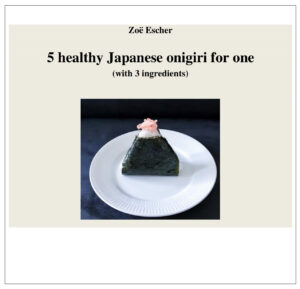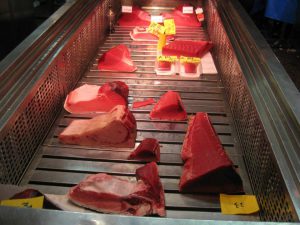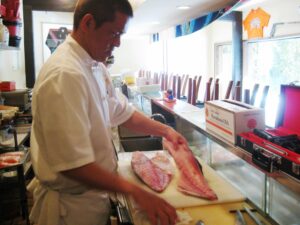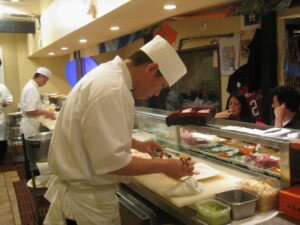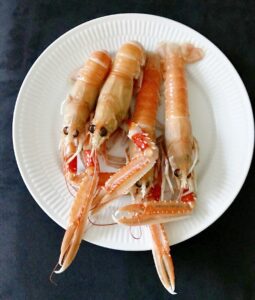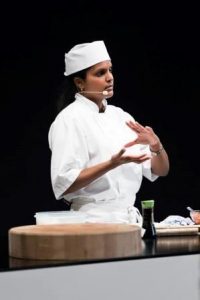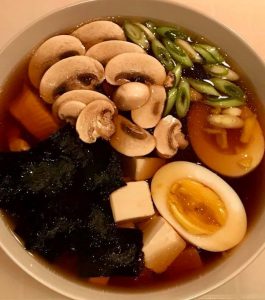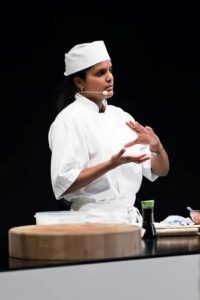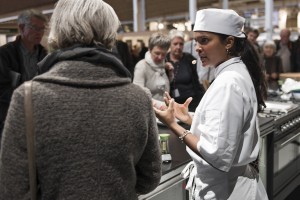 In Denmark only a few seafood is available for sushi. You often find tiger prawns on the menu which is quite a shame for many miss the unique flavors from other seafood.
In Denmark only a few seafood is available for sushi. You often find tiger prawns on the menu which is quite a shame for many miss the unique flavors from other seafood.
In Japan different types of squid is used and served in different ways. Sea urchins are extremely popular in Japanese sushi restaurants and have a delightful taste.
In addition, the Japanese have a large selection of shrimps found only in the East part of the world. Shrimp has a size, taste and character that you unfortunately cannot get in Denmark.
In Denmark, we have many beautiful and not so exotic commodities that are perfect for sushi like lumpfish roe, scallops and smoked eel.
Read more about advanced sushi course
_
Zoë has lectured and held sushi courses for A. P. Moller – Maersk, Hugo Boss Nordic, Novo Nordisk, Novartis, Velux, Gorrissen Federspiel, Beierholm revision, Elbek & Vejrup and many more.

